I blame Kosmo Foto! His article on Ten of the quirkiest compact film cameras reminded me I had once owned a Canon Epoca. The article prompted me to look for a working model and I was lucky enough to find one in good order, they are not expensive, for £20. I found some of my photographs taken with this camera in 1992/3, there’s even a photo of me with the Epoca in it’s case around my neck.
The Canon Epoca is a strange looking model, also known as a Photura or Jetboy, from Canon’s successful Sure Shot range. It has a 35-105mm f2.8-f6.6 (10 elements in 9 groups) lens with 3 point smart focus, shutter speeds of 2secs-1/250s and will take films of ISO 25-3200 with DX encoding only, Canon recommend using films in the 200-400 ISO range to help eliminate camera shake especially when using long focal lengths. In 1992 Canon produced a follow up camera called the Epoca 135 with a 38-135mm lens. There were quite a few oddball cameras in the 90’s, notably from Olympus but the Epoca can certainly hold its head up with the rest. I can’t remember what the Epoca was like to use 30 years ago, it can’t have been too bad, I owned one for three years.
The Canon Epoca looks like a 90’s video camera, a boring grey and black tube. To hold the camera the photographer puts their hands of each side with the right hand through the strap. Your right hand controls the zoom button and shutter release. The fixed lens cap opens to reveal it’s a flash gun with a fresnel lens in front, this fresnel lens move outwoods in relation to the focal length. The infra red autofocus lenses are mounted around the camera lens. Next to the lens is the light measuring cell for the auto exposure and the viewfinder hole. The back of the camera has a small LCD screen.
The Canon Epoca has very limited shooting options, mostly about controlling the flash but you can set a continuous shooting mode and there is a infinity focus button. Film is loaded into the base of the camera together with a 2CR5 6volt battery. To take a photo you half press the shutter until the green light, next to the rear viewfinder, shows focus, if the red light illuminates flash is needed, then fully press to expose. There is a red eye reduction system consisting of a filament lamp next to the flash tube, the idea is that the subject looks at the lamp and their pupils narrow reducing red eye. Unusually Canon provide a low angle viewfinder on top of the camera accessed by sliding back a cover, useful if you want to hold the camera like a TLR. In the centre of the viewfinder are marks which show the auto focus reading area, this allows you to focus on the part of the subject you want sharp, half press and hold the shutter button, flick the zoom button until the focus light flashes, you can then recompose your photo. A self timer can be used for 1990’s type selphies.
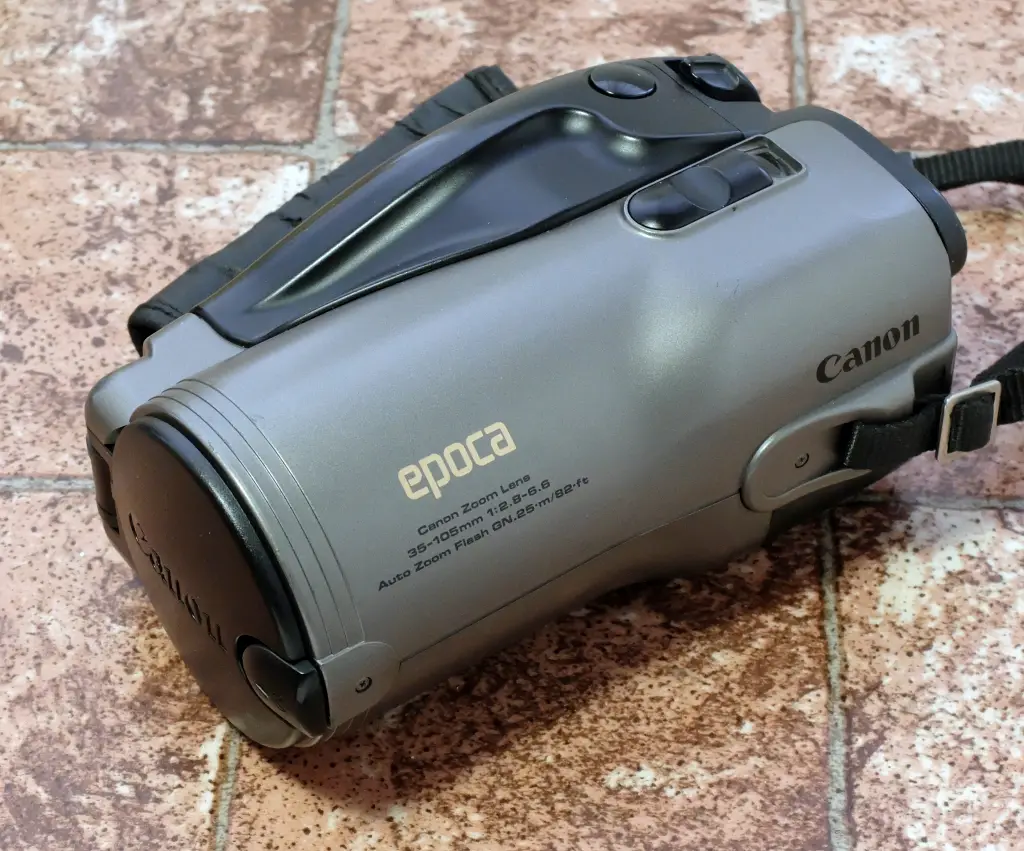
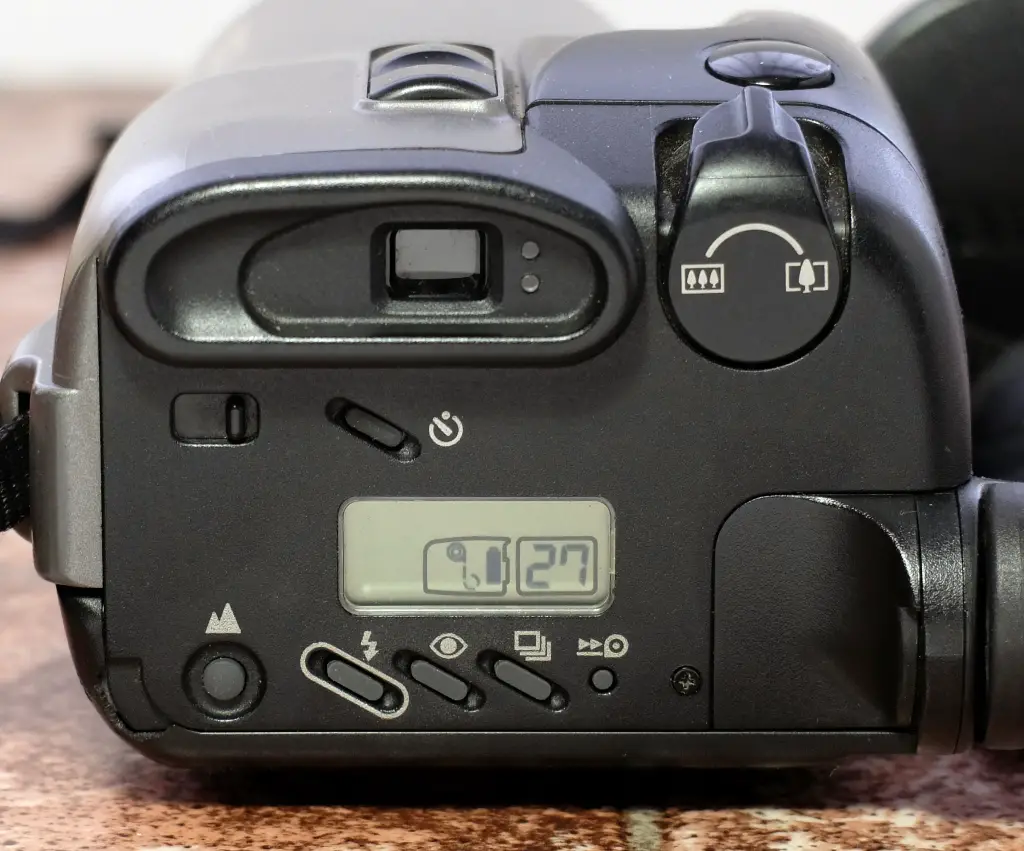
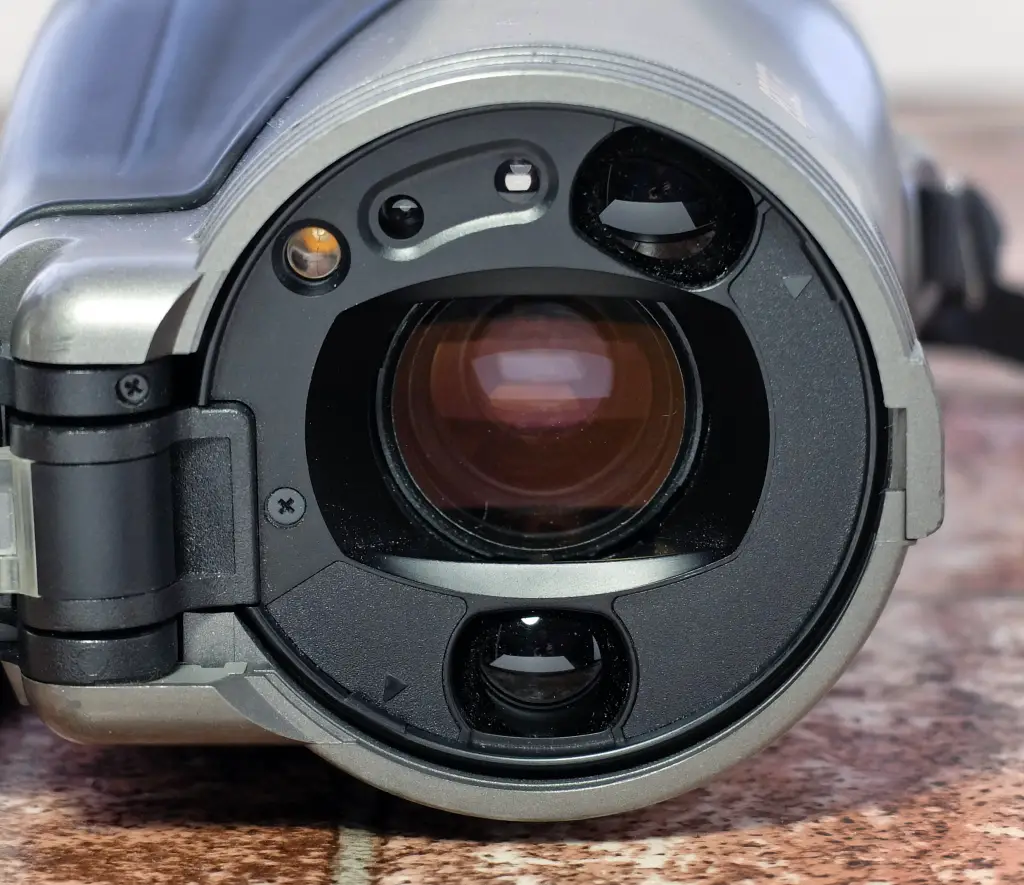
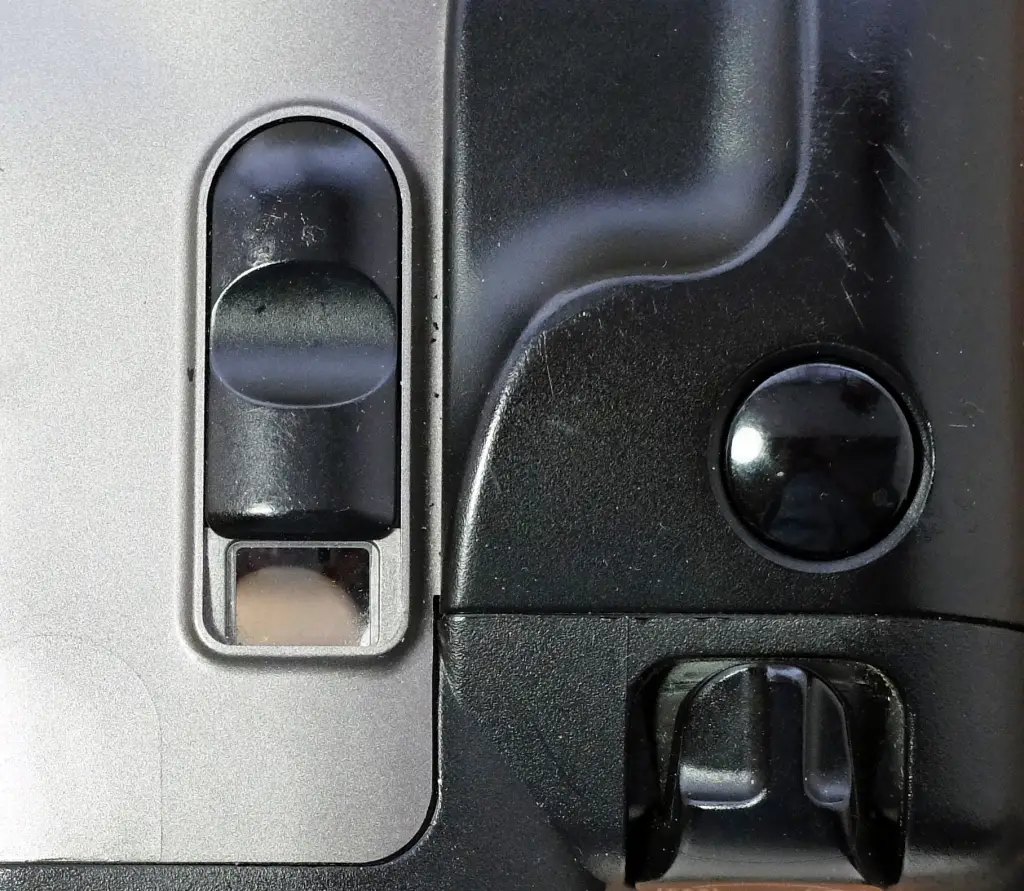
The Canon Epoca arrived in good condition and in nearly full working order. The viewfinders are small but bright. Focus is quick and accurate. Holding the camera seemed natural, you use one finger to operate the zoom and shutter. I firstly exercised the shutter, focus and flash with a junk roll of film, before loading with Foma. You drop the film into the base of the camera having pulled out enough tail to line up with a marker and it auto loads. With a Program only shutter and f stop (the shutter is actually the aperture too) you have no idea what the actual shutter speed or f stop the camera in using. Exposure ranges when the flash is automatic are 1/100 to 1/250sec, f2.8 to f27, flash off gives 2sec to 1/250, f2.8 to f27.
I realised after a while that the red viewfinder light didn’t work, this is the low light warning, however the exposure system still seemed to operate ok. I decided later on, towards the end of the roll, to turn off the flash every time I switched on the camera, unless I needed flash (it defaults to on), this allows shutter speeds less than 1/100sec. The auto flash operates as a fill-in flash when the Program decides it needs to. Continuous shooting mode gives a magnificent speed of 1 frame/sec. Canon provide an infinity focus button, which has to be pushed whilst pressing the shutter, a bit awkward. It seems to be for shooting landscapes in low light where the auto focus might fail, according to the manual.
Being awkward I decided I wanted to use a roll of Fomapan 400 I had in store, unfortunately Foma don’t DX code their films any more. The answer was to code it myself, I found examples of self DX coding on the internet. I had no idea how accurate the exposure system would be after 30 years, so I DX’ed the cassette for EI200 with silver foil and paper and processed for EI400.
When reviewing the scans I found the camera is functioning well, except for the red low light warning. In bright lighting with the camera choosing a fast-ish shutter speed and a narrow aperture the images are sharp and detailed all through the zoom range. However when the lighting is poor the exposure program errs to a wide aperture to keep a reasonable speed. The photo of the bookshelf was taken using a tripod with flash off which gave a slow shutter speed and wide open aperture, despite this it’s really not too bad. Barrel distortion is apparent at the wide angle setting. The flash seems quite powerful for it’s small size. There is an auto backlighting exposure correction which I think came into use a few times.
Here we have the Fomapan 400 images.
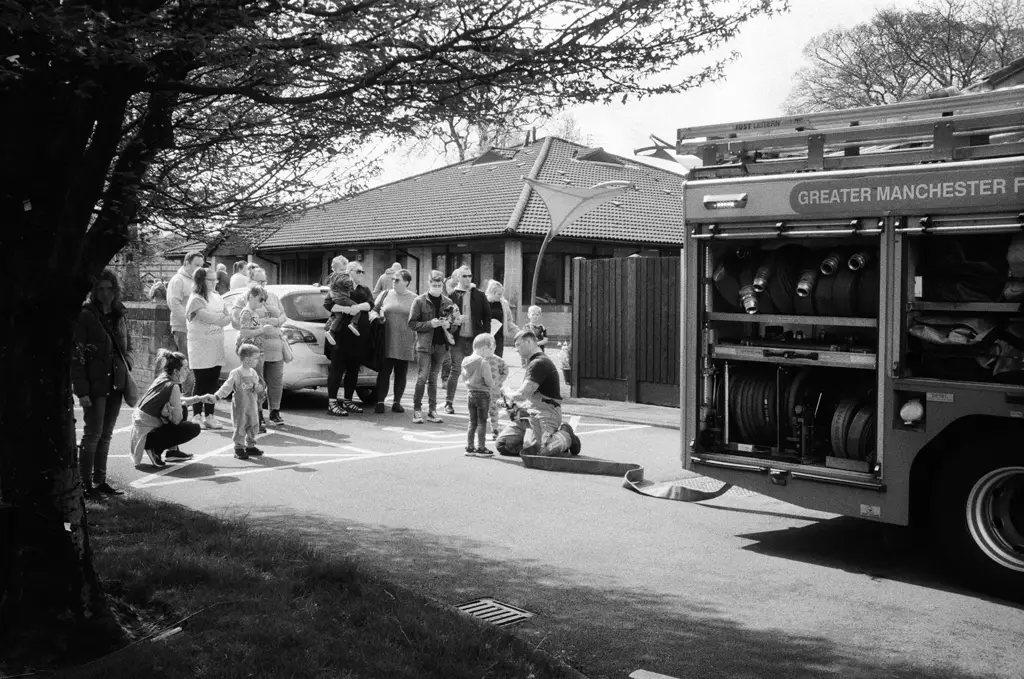
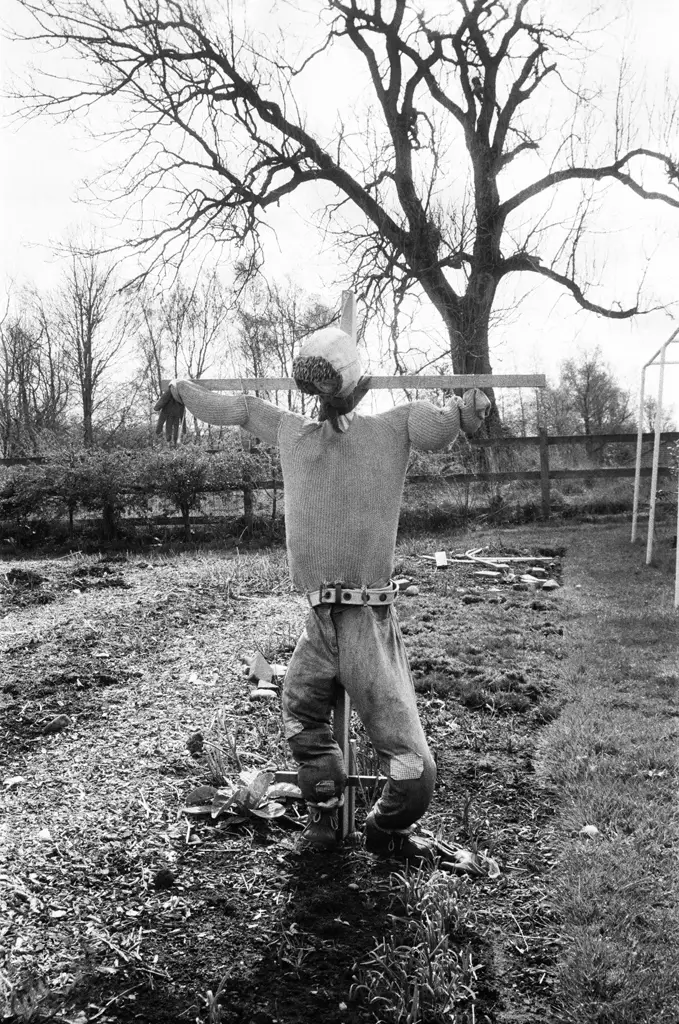
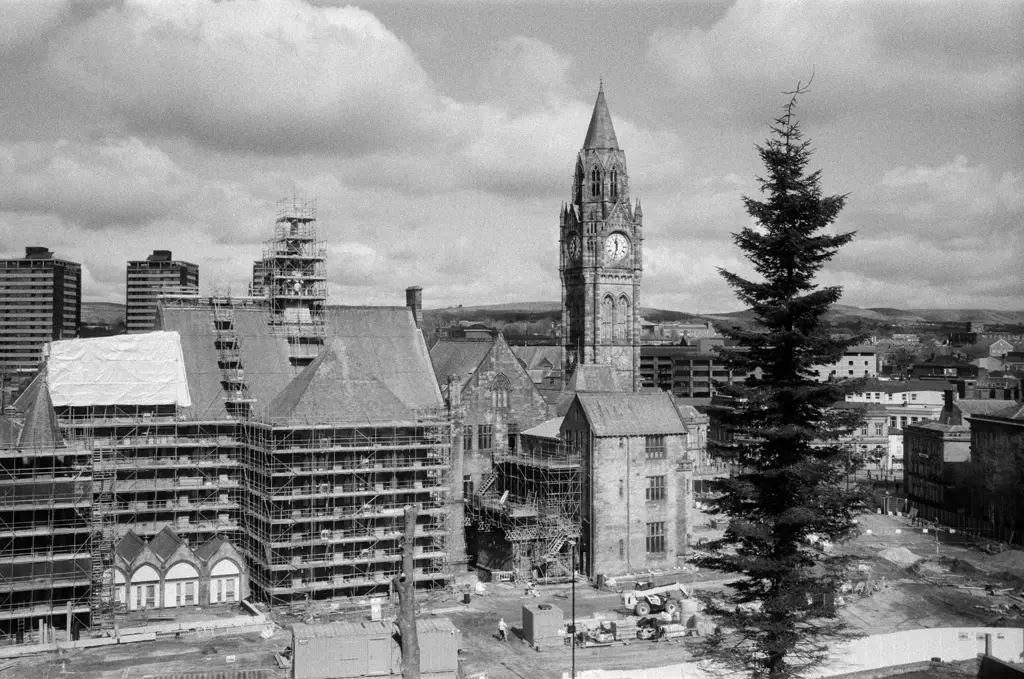
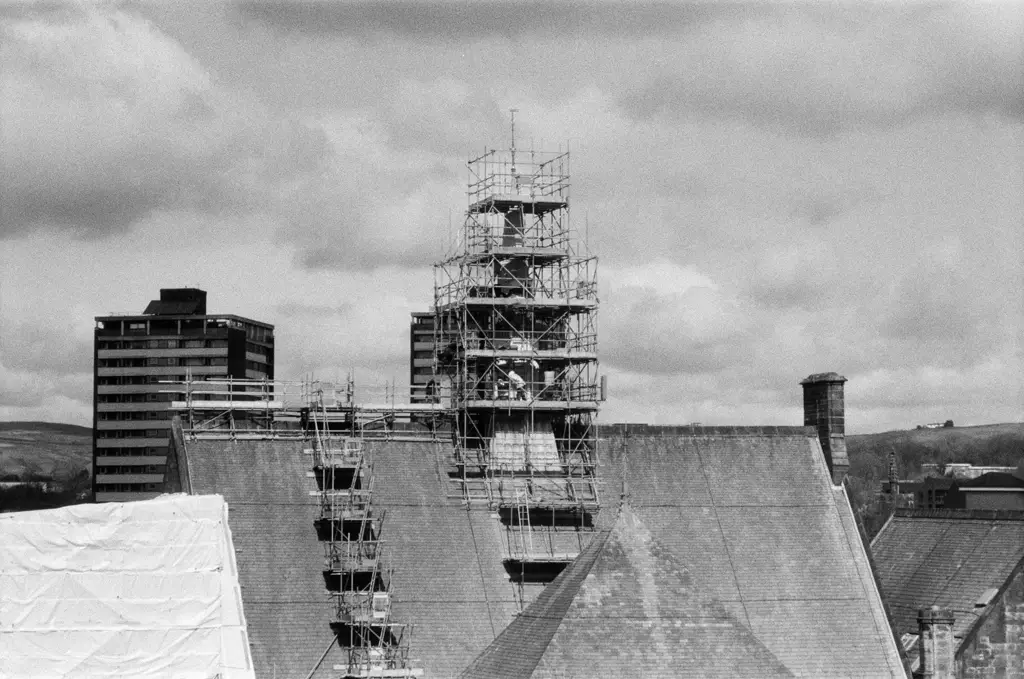
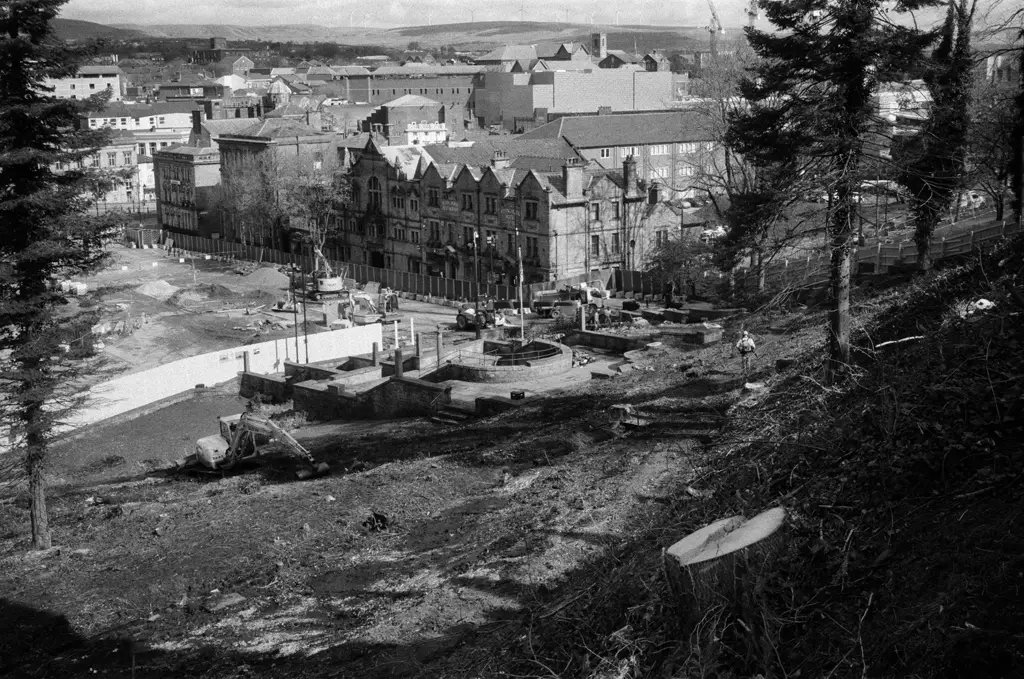
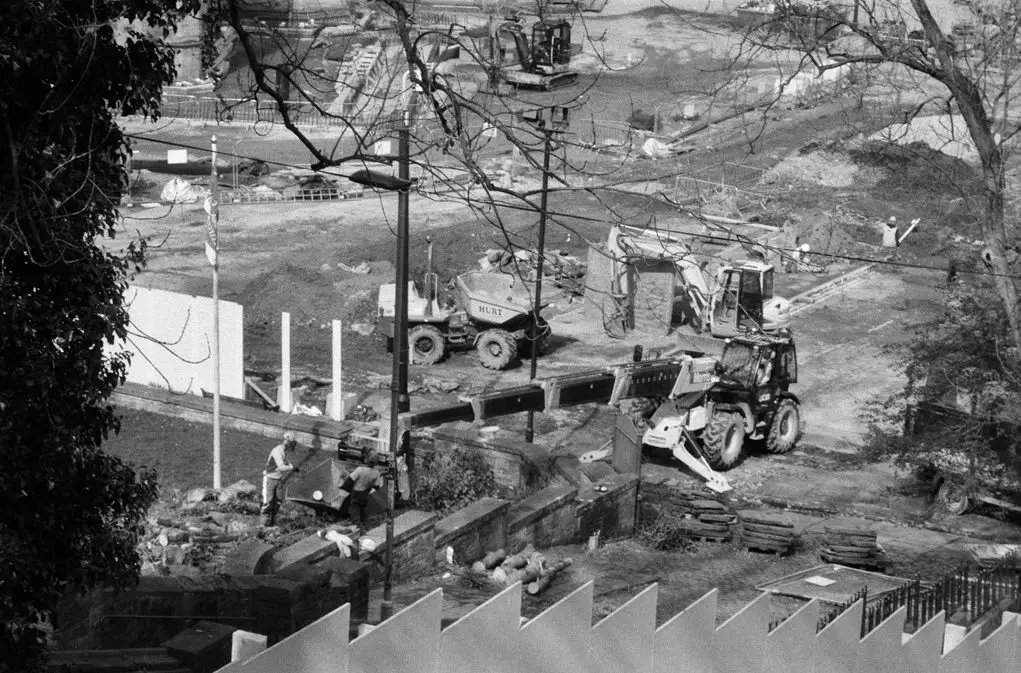
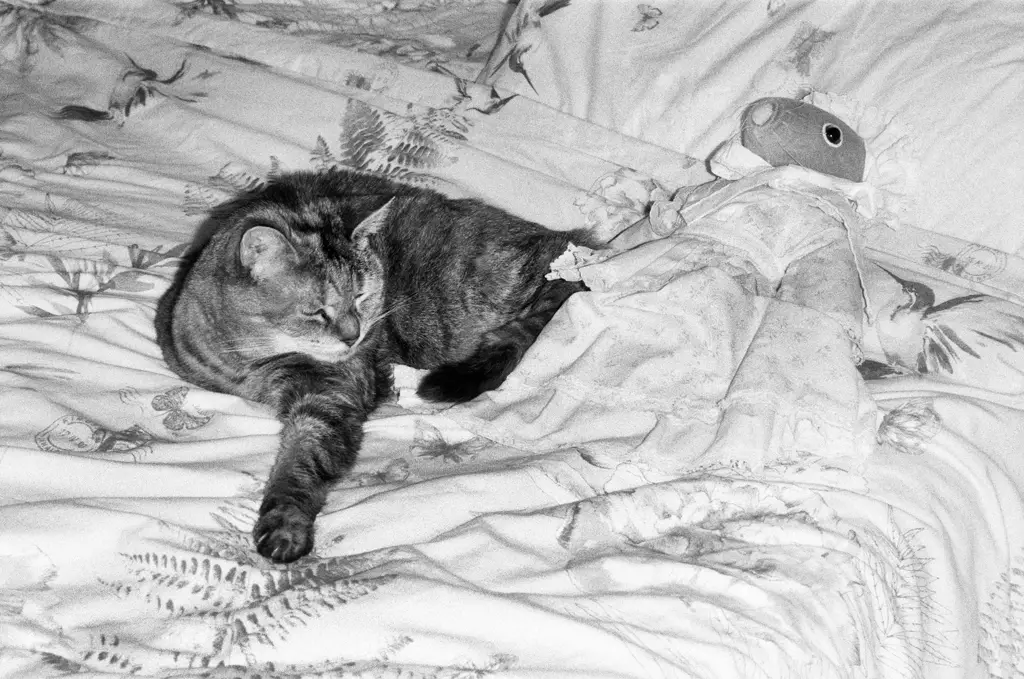
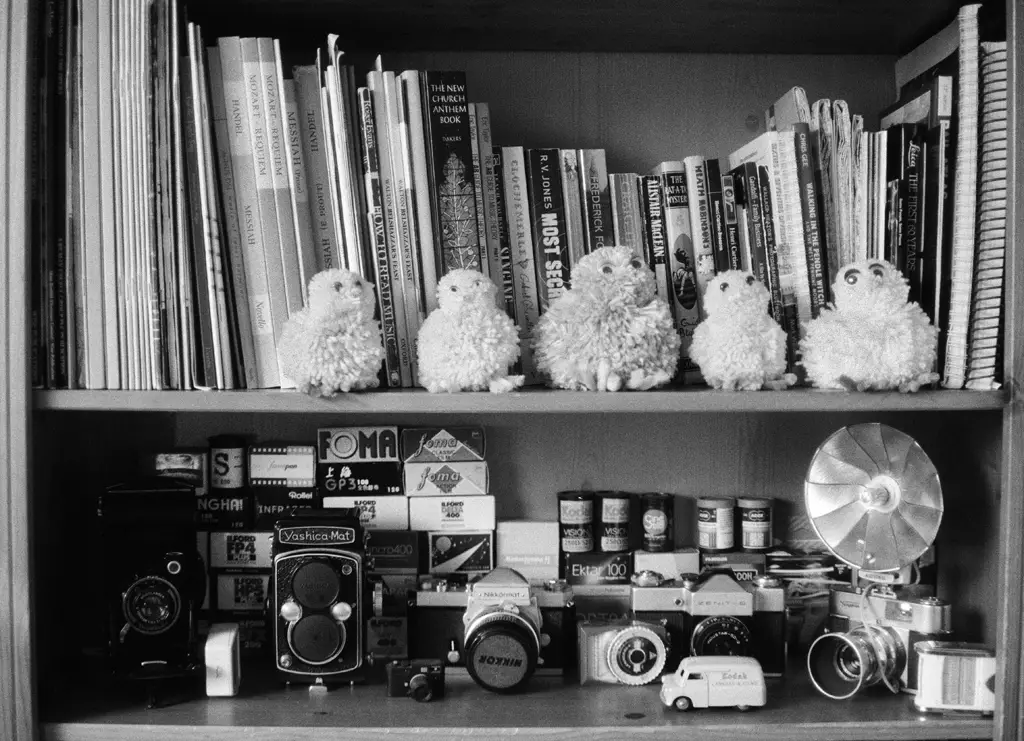
The following colour photos where taken with the Canon Epoca in the 90’s, they are scans from enprints, probably shot on Fuji Superia 200 colour negative. Two of them show the auto fill-in flash works well.
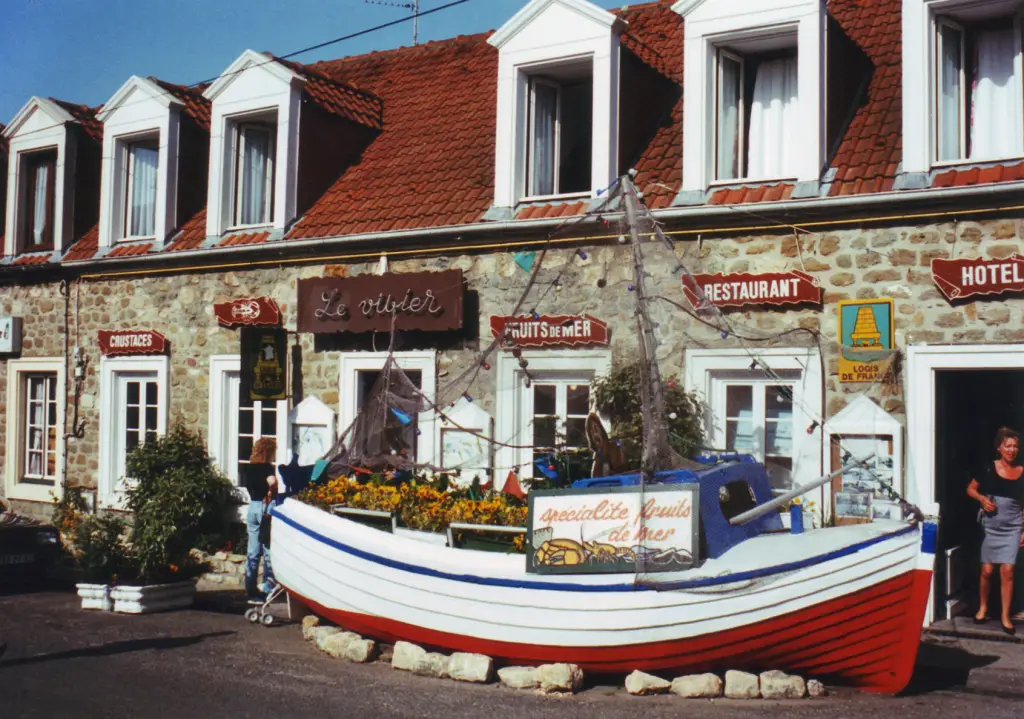
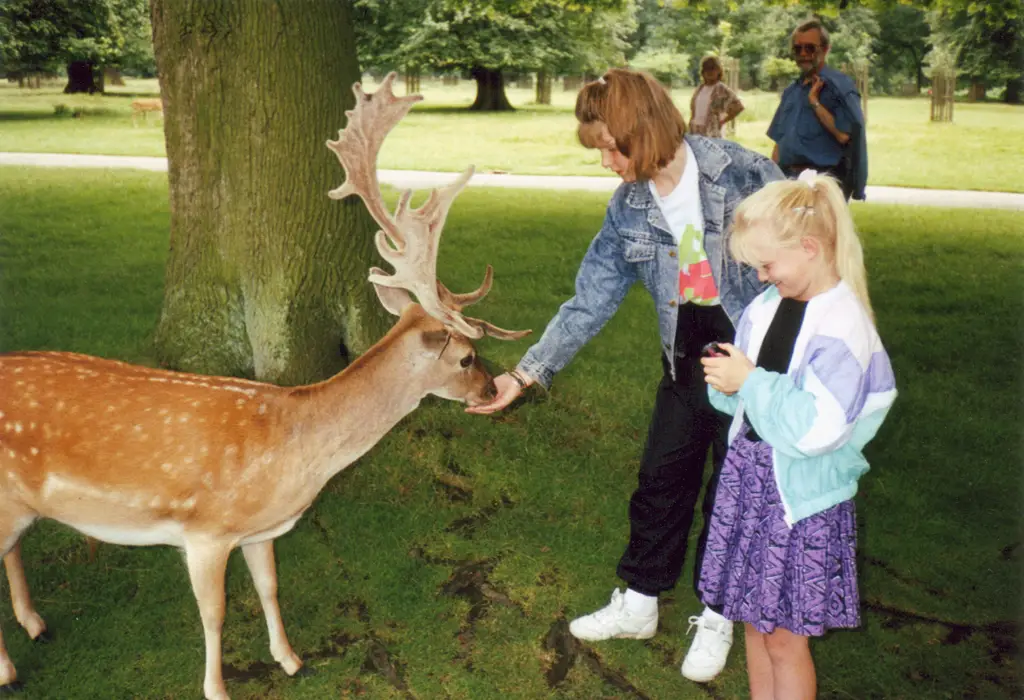
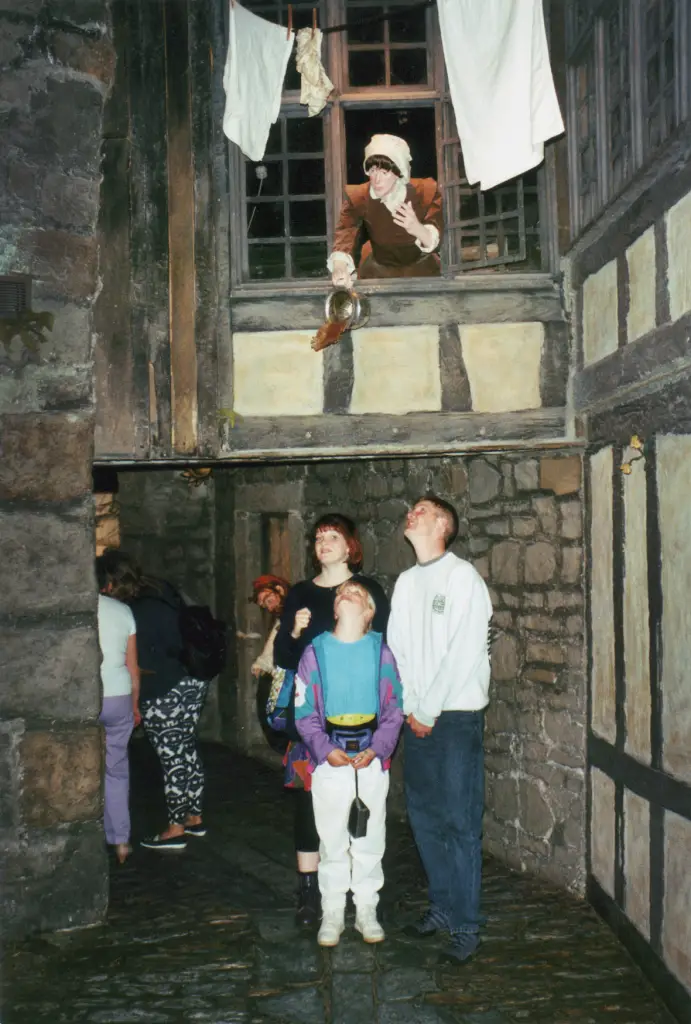
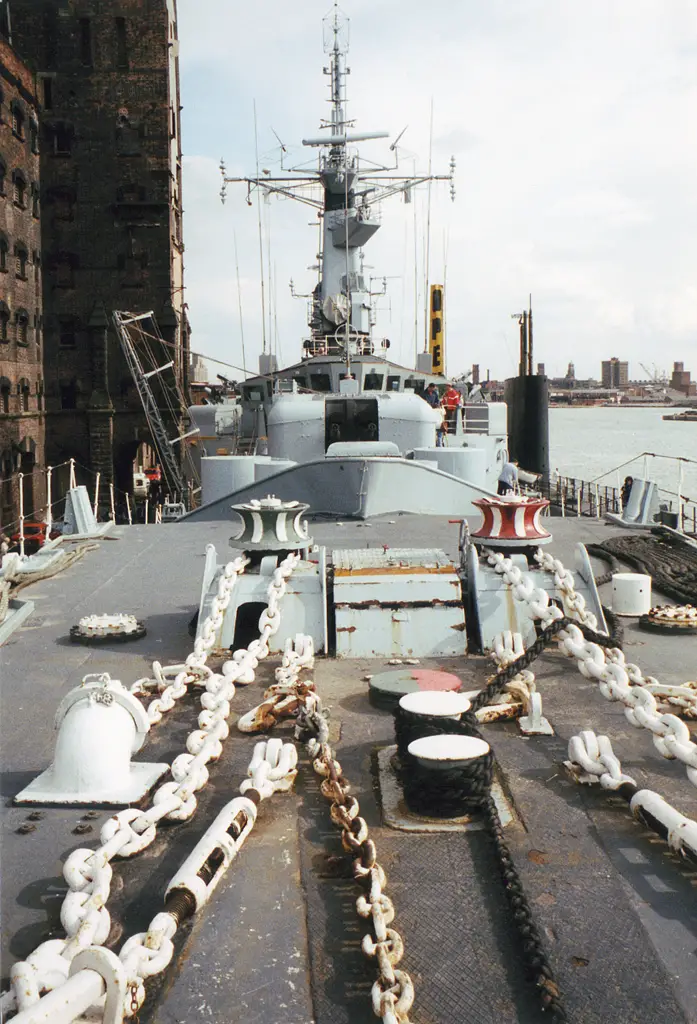
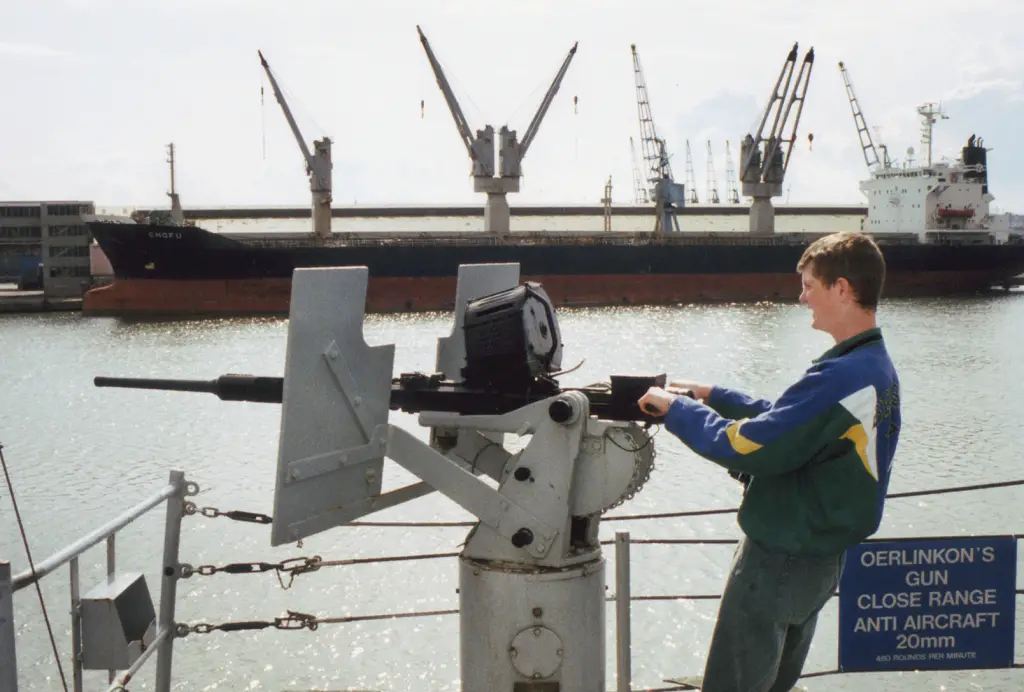
So what about Fomapan 400 at EI200? This proved to be about right for the exterior photos shot without flash, the interior flash negs were a little over exposed. I suggest films of 400 ISO, push processed 1/2 to 1 stop, would be ideal to get the best out of the lens helping out with faster shutter speeds and narrower apertures under poor lighting. I used this method with a Pentax Espio 115 to great effect.
The Canon Epoca is a fun camera to use and working well for its age, with a pretty good zoom lens. It’s quite heavy and a bit unwieldy but for cheap fun it’s hard to beat.
Thanks for reading
Phil
Share this post:
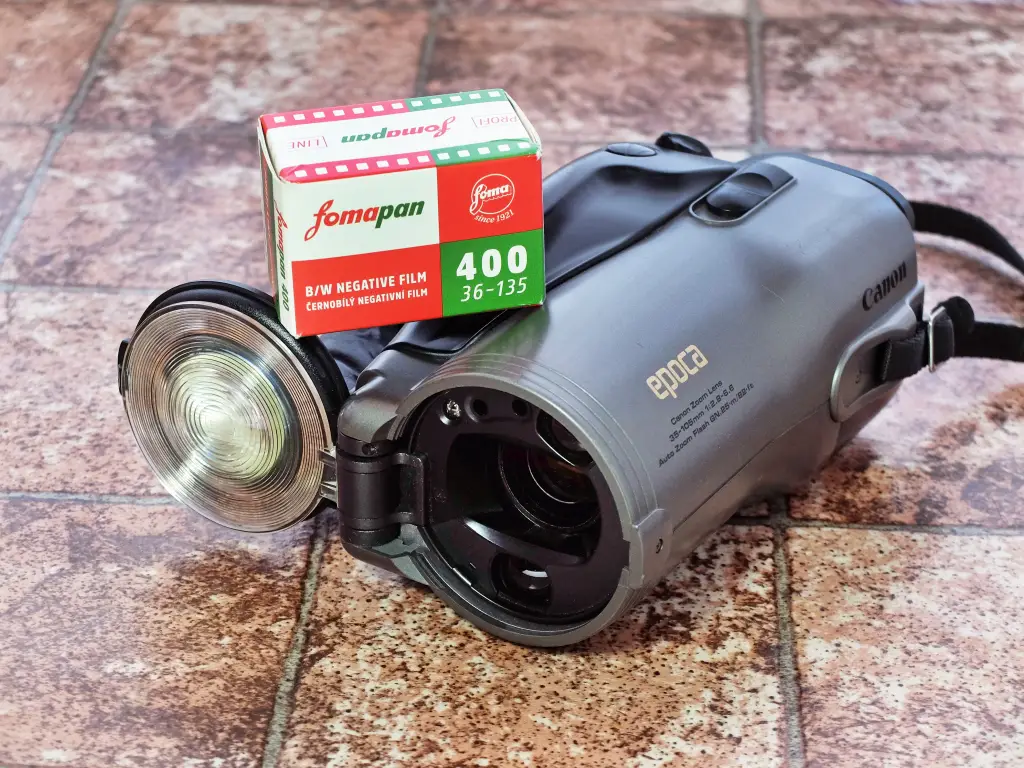








Comments
Murray Kriner on Canon Epoca – A Review of A Twice Owned Camera – by Phil Harrison
Comment posted: 13/05/2022
Keith Devereux on Canon Epoca – A Review of A Twice Owned Camera – by Phil Harrison
Comment posted: 13/05/2022
If it arrives as planned 'mine' will be the 135 version. I look forward to comparing notes.